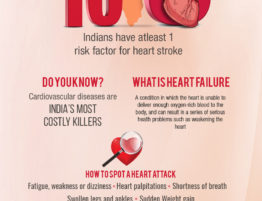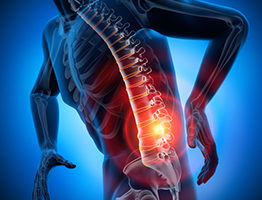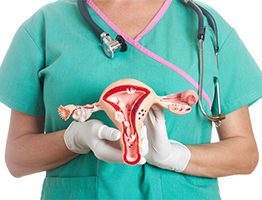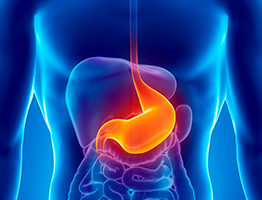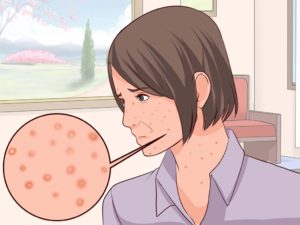
Chicken Pox
Spread and Symptoms
Chickenpox is a highly contagious disease caused by the Varicella virus. It spreads through contact with someone who is already infected. Fever, general discomfort, headache, cough, sore throat, loss of appetite, red spots, blisters or crusted lesions that are itchy are the various symptoms of Chickenpox. Chickenpox is commonly contracted before the age of 15. However anybody at any age can get it. Someone who gets chicken pox will be generally immune for the rest of his or her life.
Chickenpox spreads easily. It spreads through droplets in the exhaled air of the infected person and from the spread of the fluid from the blisters or rash. It can be passed on from a pregnant mother to her baby. It can spread from contaminated surfaces like the infected person’s bedclothes or anything else the person may have touched.
The blisters begin in the head and trunk and then spread to the limbs. It may appear on eyelids, mouth, throat and genital areas. It takes 2 to 3 weeks from the time of infection to the time that symptoms appear. First a red rash appears on the skin. This progresses to blisters filled with a watery, transparent fluid. These evolve into blisters with a scab that eventually fall off at the final stage of the infection.
While one group of blisters on your body may be in the watery stage another group maybe scabbing over. A patient is contagious up to 5 days before and five days after the rash appears. When all the scabs dry up the person is no longer contagious.
Complications
Chicken pox generally just runs its course and subsides. However in some high-risk groups such as infants, elderly people, people who have a lowered immunity or women who are pregnant, chicken pox may lead to complications. They may develop secondary infections such as pneumonia, encephalitis or skin infections. In such cases hospitalization may be required.
Prevention
Since the introduction of the chicken pox vaccine in the mid 1990’s the incidence of chicken pox has dramatically reduced. 90% of the children who receive the vaccine don’t get Chickenpox. A first shot must be administered when the child is between 12 and 15 months of age and a second booster shot should be given between 4 and 6 years of age. Older children and adults who have not had the disease and not received the vaccine can get a dose.
Treatment for Chicken pox
Drugs are available to reduce symptoms and heal faster. Consult a general physician to know more.
Soft, loose and light clothes should be worn to prevent irritating the blisters.
One should not itch the blisters. To relieve itchiness one must take warm or cool baths, staying in the bath for 20-30 minutes. Soap must not be used. The skin must only be patted dry. Rubbing the skin dry must be avoided.
A cool, wet, absorbent cloth can be applied on itchy areas.
There are some lotions that are available made of camphor, menthol or calamine. But a doctor must be consulted before using any of them.
Fan the patient with neem leaves and hang neem leaves around the bed of the patient. Neem leaves crushed with water and made into a paste can be applied to blisters if the patient is an adult.
Tulsi tea or green tea can help one recover faster.
For the best treatment option for you, for any illness, be it short term or chronic, Be Well Hospitals in Tamil Nadu offers the best doctors and latest medical technologies. For more information visit their website at http://www.bewellhospitals.in/


